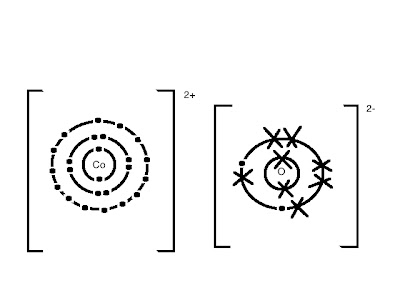: Colour of gas - colourless
: Odour of gas - pungent
: Effect of gas on red litmus paper - Damp red litmus paper turns blue
: Effect of gas on blue litmus paper - No visible changes
: Name of gas formed - ammonia
Calcium hydroxide + ammonium nitrate
: Colour of gas - colourless
: Odour of gas - pungent
: Effect of gas on red litmus paper - Damp red litmus paper turns blue
: Effect of gas on blue litmus paper - No visible changes
: Name of gas formed - ammonia
1. Ammonium gas
2. Ammonium salts + alkali --> salt + water + ammonium gas
3. This way, the gas will evaporate from the solution, and we are able to carry out the experiment.
4. Ammonia gas is alkaline.
5. An alkali will only show its alkaline properties in the presence of water.
6. Add sodium hydroxide to substance X and heat it. Ammonia gas would escape. It would be a colourless and pungent gas. If the red litmus paper turns blue, X is an ammonium salt.
7. Ammonium nitrate can react with calcium hydroxide to form calcium nitrate, water and ammonia. The ammonia will increase the pH for the soil, thus making it not suitable for the plants.
Exercise
1(a) Sodium chloride + water + ammonia
1(b) NaOH + NH4Cl --> NaCl + H2O + NH3
2(a) Sodium sulfate + water + ammonia
2(b) 2NaOH + (NH4)2SO4 --> Na2SO4 + 2H2O + 2NH3
3(a) Sodium nitrate + water + ammonia
3(b) NaOH + NH4NO3 --> NaNO3 + H2O + NH3
4(a) Calcium chloride + water + ammonia
4(b) Ca(OH)2 + 2NH4Cl --> CaCl2 + 2H2O + 2NH3
5(a) Calcium sulfate + water + ammonia
5(b) Ca(OH)2 + (NH4)2SO4 --> CaSO4 + 2H2O + 2NH3
6(a) Calcium nitrate + water + ammonia
6(b) Ca(OH)2 + 2NH4NO3 --> Ca(NO3)2 + 2H2O + 2NH3








